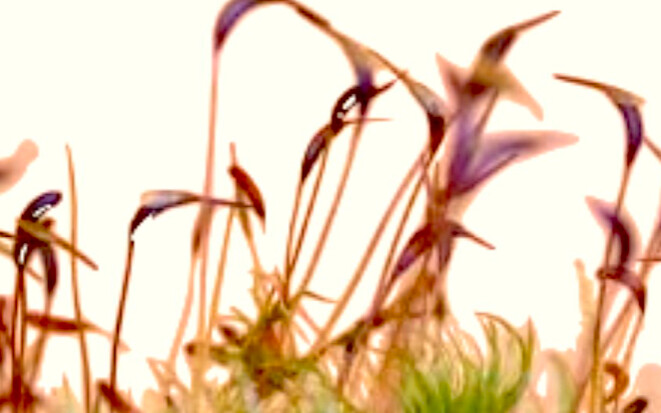Dicranum scoparium, the Broom moss, is a species ofdicranid moss, native to North America, including theGreat Lakes region. It usually forms tufts or mats on soil in dry to moist forested areas. Broom moss can be distinguished by its leaves, which strongly curve to one side.
Broom moss is usually robust and coarse, forming shiny tufts with woolly stems 2–8 cm high. The leaf midrib extends to the tip and usually has 4 ridges along its back. The leaves are 3.5–8 mm long, lance-shaped with a long, slender point, and strongly toothed along the upper third. Most leaves will be folded and curved to one side, but may be wavy. Capsules are 2.3–5 mm long, urn-shaped and curved. The capsules are held on mostly-erect stalks 18–35 mm long. The operculum (capsule lid) is usually longer than the capsule.[1]
(From Wikipedia, February 2015)




